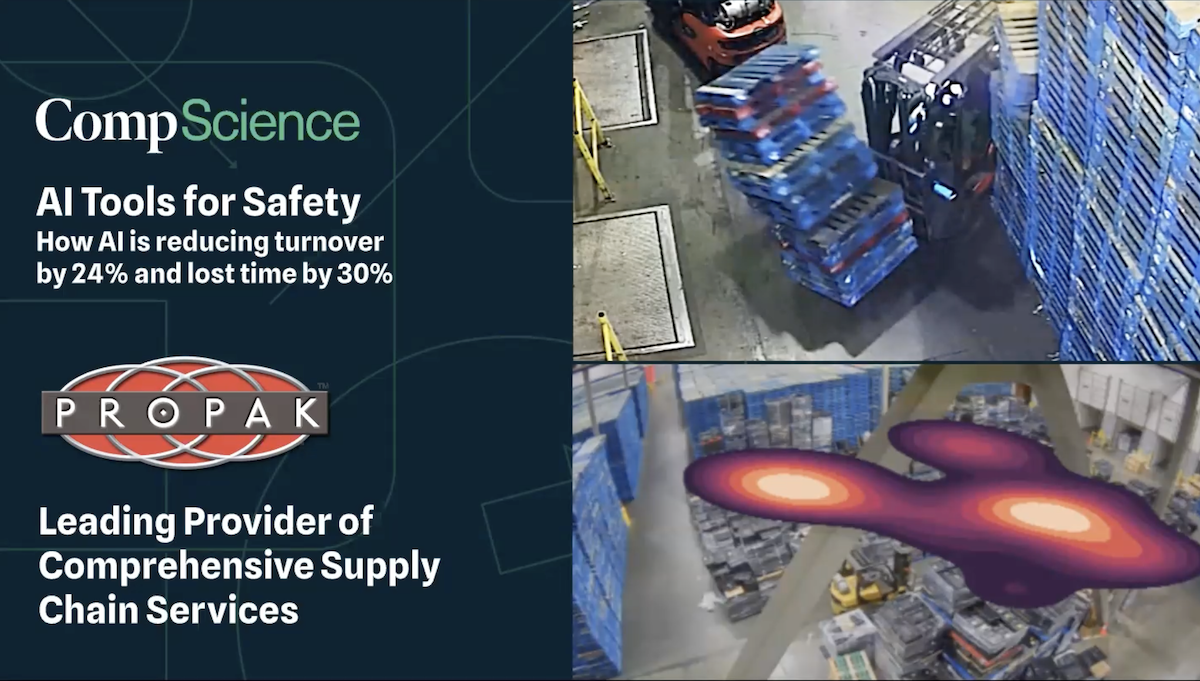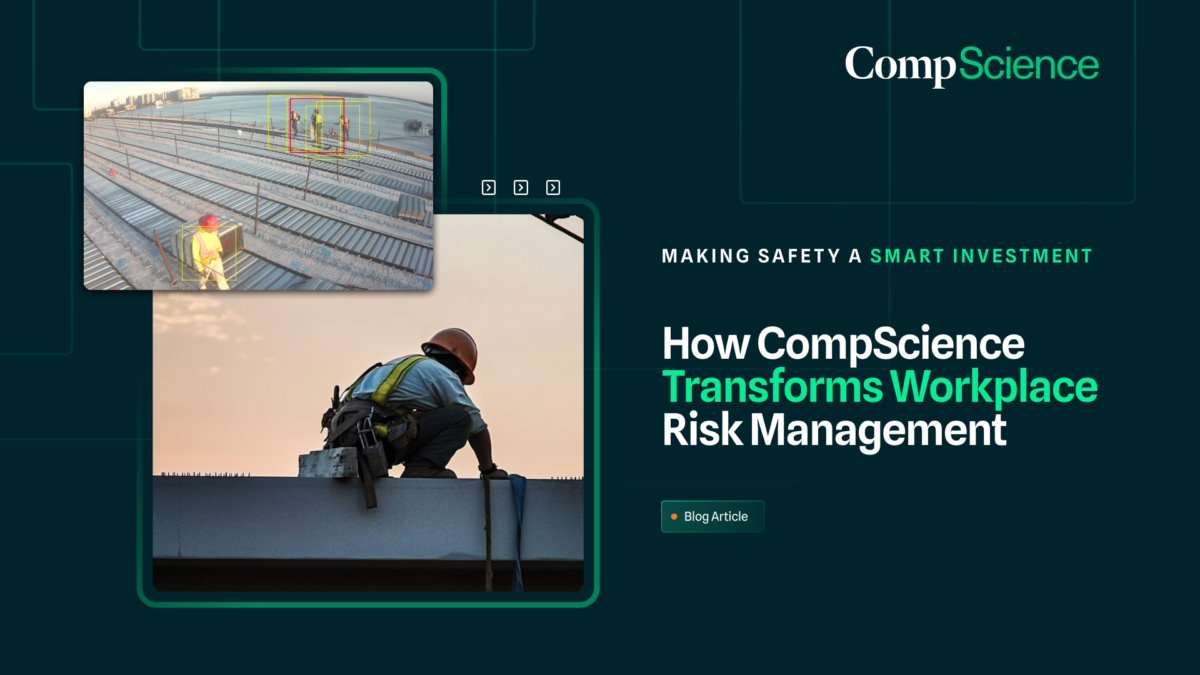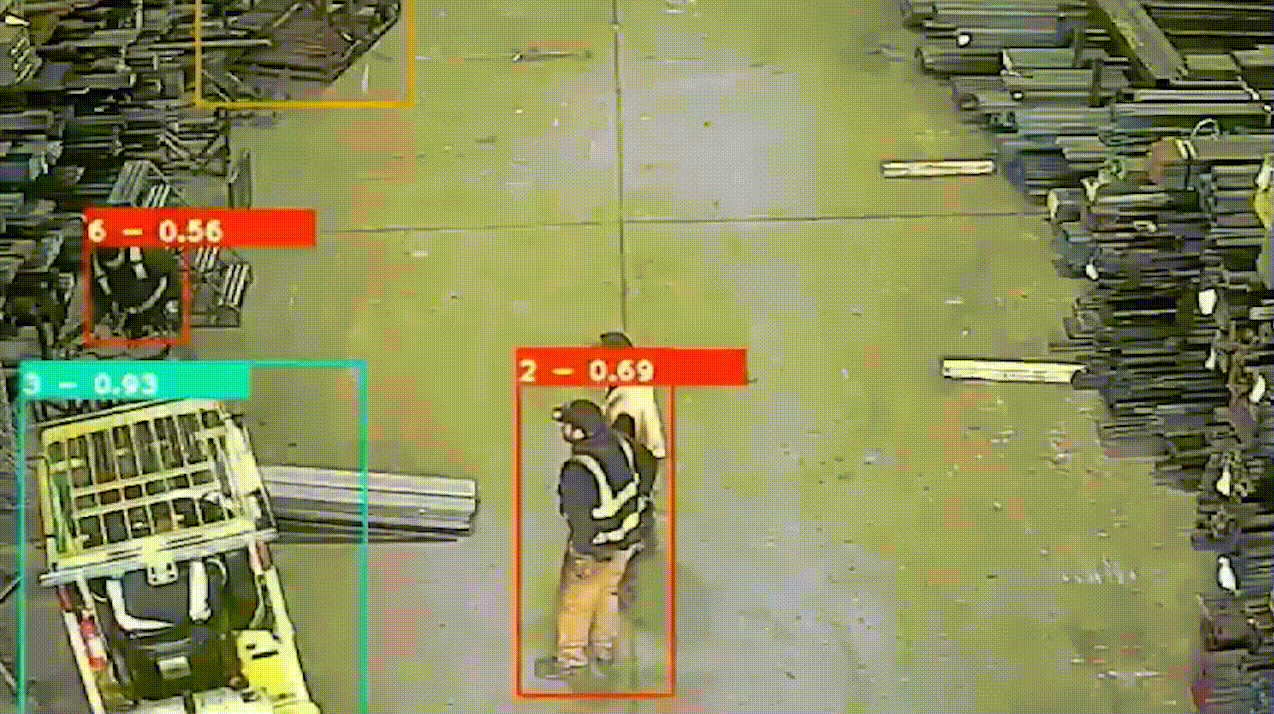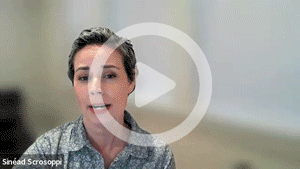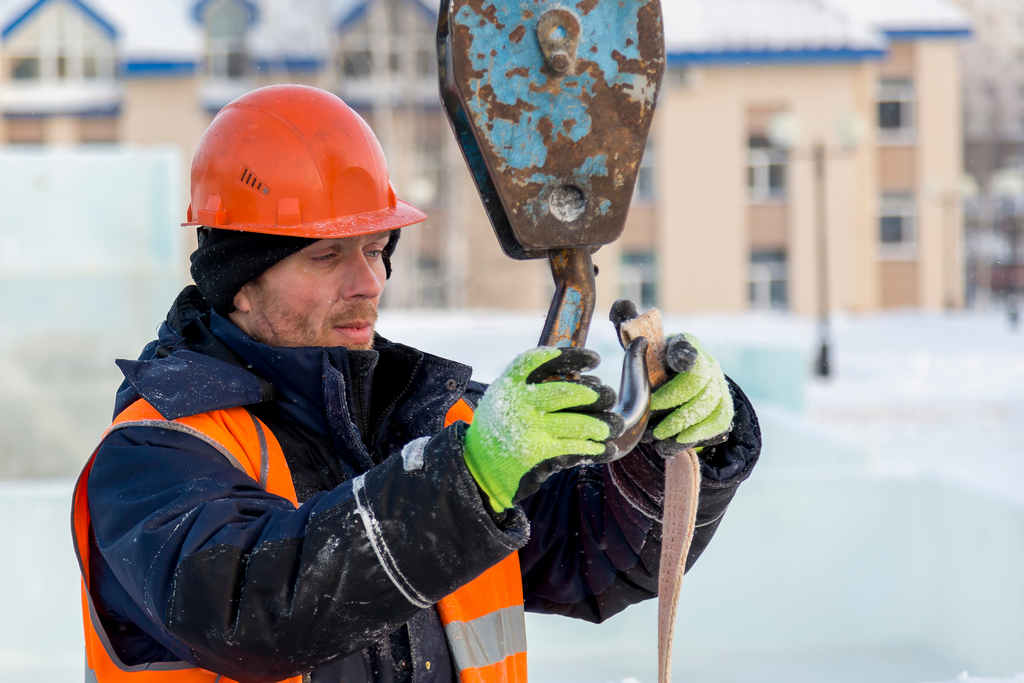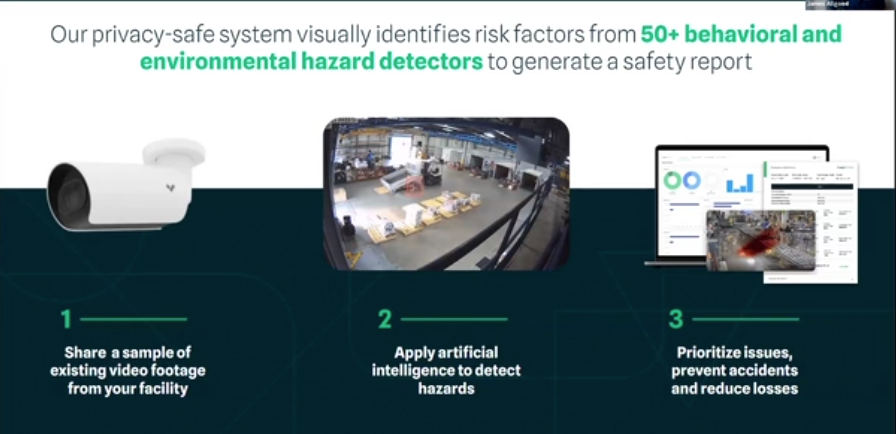Rethinking Workers’ Comp with AI: Why Pay for Claims When You Can Prevent Them?
Originally published in Digital Insurance.
For over a century, the workers’ compensation system has been the cornerstone of workplace safety and employee protection. This grand bargain, which provides compensation for injured workers in exchange for their right to sue their employers, has served its purpose well. But now there’s a new active approach that promises to revolutionize the workers’ comp landscape: artificial intelligence (AI) that analyzes workplace video to effectively lower risks, injuries and premiums.
Traditional Workers’ Comp Pays Claims
The traditional workers’ compensation system has long operated on the principle of paying claims after the fact. When an employee is injured on the job, they file a claim, and if approved, they receive compensation for their medical expenses and lost wages. While this system has provided a safety net for injured workers, it has its limitations.
Firstly, it doesn’t address the root causes of workplace injuries. It’s a reactive approach that steps in only after an accident has occurred. Secondly, it places a financial burden on employers and insurers who have to cover the costs of claims, leading to increased premiums and administrative expenses. This begs the question: Is there a better way to approach workers’ compensation? We think the answer is yes.
Now Workers’ Comp Can Leverage AI to Discover Risks in the Workplace
Enter artificial intelligence, a game-changer in the world of workers’ compensation. AI, specifically computer vision technology, has the potential to detect and mitigate workplace risks before accidents happen. This paradigm shift to preventing claims then could be a game-changer for insurers, brokers, and clients alike.
AI-driven computer vision technology can provide unparalleled insights into workplace safety. It can identify potential hazards, ergonomic risks, forklift dangers, and environmental threats that might otherwise go unnoticed. This level of foresight empowers insurance professionals to offer proactive solutions to their clients.
Rising Costs of Injuries Vs Falling Costs of Technology
In recent years, the costs associated with workplace injuries have been steadily rising. Medical expenses, lost productivity, and increased insurance premiums have all contributed to the financial burden of workplace accidents. This has made it imperative to find innovative solutions to curb these rising costs.
While the costs of workplace injuries have been on the rise, the costs of technology have been steadily falling. Security cameras and AI development, in particular, have become more accessible and affordable. This convergence of factors creates a unique opportunity to combine workers’ compensation with AI.
AI truly offers value because, in this context it refers to computer vision technology that can identify and analyze potential risks in the workplace far better than traditional loss control. Here are some of the two example areas where AI can make a difference:
- Ergonomic Risks: AI-powered cameras can monitor employees’ movements and posture, flagging potential ergonomic risks and suggesting corrective measures to prevent musculoskeletal disorders.
- Forklift Risks: Computer vision can track forklift operations, identify unsafe practices, and alert workers and supervisors of patterns that might cause accidents.
Insurance Professionals No Longer Need to Accept the Status Quo – Paying for Claims
The advent of AI in workers’ compensation is a game-changer that enables insurance professionals to break free from the traditional cycle of paying for claims. Instead, they can work proactively with their clients to prevent injuries and lower costs.
Insurance professionals armed with AI technology can partner with their clients to create safer workplaces. By identifying and addressing potential risks before accidents occur, they can reduce the frequency and severity of claims. This, in turn, leads to lower insurance premiums, improved productivity, and a safer work environment for all.
In conclusion, the integration of AI, particularly computer vision technology, into the workers’ compensation landscape represents a significant shift from reactive to proactive risk management. This innovation has the potential to redefine how insurance professionals approach workplace safety and ultimately lead to a more cost-effective and efficient workers’ compensation system. The time has come to rethink workers’ comp with AI and shift our focus from paying for claims to preventing them.

